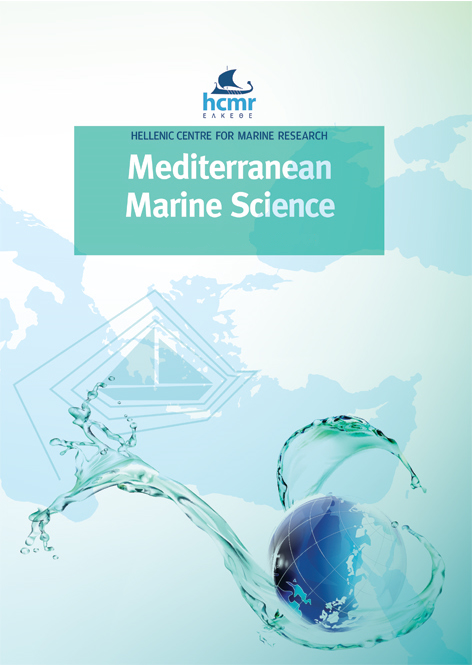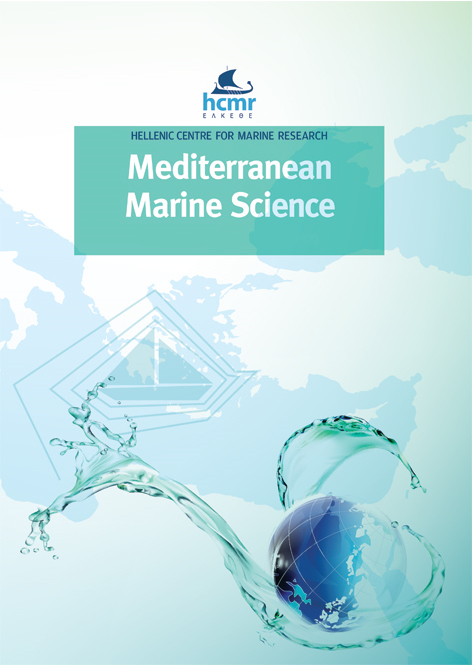A new alien polychaete species for the Mediterranean Sea: Glycera cinnamomea (Annelida: Glyceridae)
Περίληψη
The present study reports the first occurrence of an alien glycerid polychaete worm, Glycera cinnamomea (Polychaeta: Glyceridae) in the Mediterranean Sea. Only one specimen of this species was collected on April 2021 on the shallow‒water sandy mud substratum (9m depth) in the western part of Mersin Bay, near Taşucu Turkey(in the Eastern Mediterranean Sea). This species is mainly characterized by having non–retractile branchiae with maximally five rami, emerging on the posterior side of the parapodia, and three types of proboscidial papillae. It is previously known from the Indo–Pacific areas and the Red Sea (Suez Bay). The species had been most probably introduced to the Mediterranean Sea via the Suez Canal (Lessepsian species) and have been unnoticed in the Levantine Sea so far. However, as the sampling area has one large international harbor (MersinHarbor), its introduction to the Mediterranean Sea via shipping cannot be ruled out. The morphological, ecological, and distributional features of this species are presented and discussed.
Λεπτομέρειες άρθρου
- Πώς να δημιουργήσετε Αναφορές
-
DAĞLI, E., & ÇINAR, M. (2022). A new alien polychaete species for the Mediterranean Sea: Glycera cinnamomea (Annelida: Glyceridae). Mediterranean Marine Science, 23(3), 599–603. https://doi.org/10.12681/mms.29867
- Ενότητα
- Research Article
Authors who publish with this journal agree to the following terms:
- Authors retain copyright and grant the journal right of first publication with the work simultaneously licensed under a Creative Commons Attribution Non-Commercial License that allows others to share the work with an acknowledgement of the work's authorship and initial publication in this journal.
- Authors are able to enter into separate, additional contractual arrangements for the non-exclusive distribution of the journal's published version of the work (e.g. post it to an institutional repository or publish it in a book), with an acknowledgement of its initial publication in this journal.
- Authors are permitted and encouraged to post their work online (preferably in institutional repositories or on their website) prior to and during the submission process, as it can lead to productive exchanges, as well as earlier and greater citation of published work (See The Effect of Open Access).







